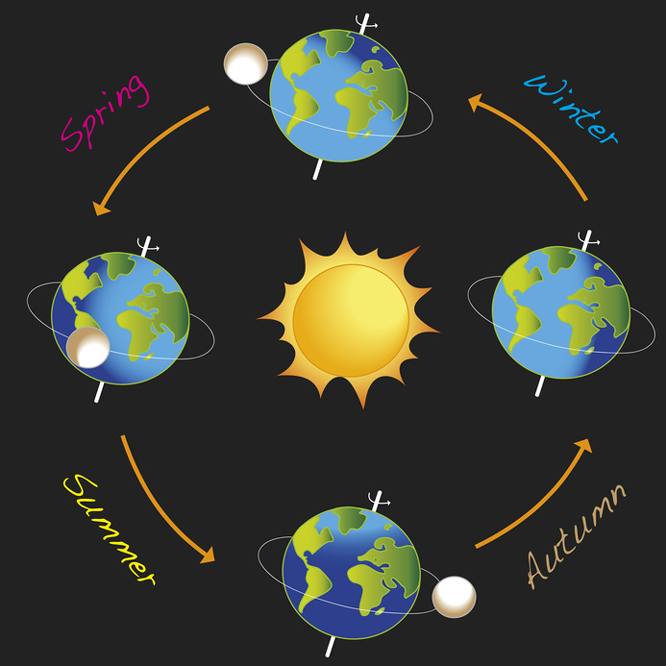
A Synthesis of Time
 As we approach the feast of Christmas, very often another temporal milestone gets missed and that’s the Winter Solstice. Both dates have their significance and their differences.
As we approach the feast of Christmas, very often another temporal milestone gets missed and that’s the Winter Solstice. Both dates have their significance and their differences.
The 25th December is a man-made date that some people use to either celebrate the birth of Christ and/or catch up with relatives. The Winter Solstice represents an alignment of the Earth relative to the Sun where some have their shortest day and others have their longest.
In our modern world, with central heating and electric light, we have somewhat distanced ourselves from Natural Time, yet it still has its usefulness.
I began to use Natural Time for project management about seven years ago and have discovered my life runs much more smoothly as a result.
At the same time though, without wearing a watch, I always know what time it is and am rarely late for meetings. Our modern calendar has its place, so long as we are mindful not to become enslaved by it.
Accordingly, exactly on the last New Moon (the 11th of December), the next book in my series on practical applications of mindfulness was published. It’s called Managing Time Mindfully and the synthesis of two calendar systems is just one of the temporal delights it explores.
It’s available worldwide for Amazon Kindle and Kindle Readers and I bent some time so readers in the UK can get the print version (and via Amazon early in 2016).
Big thanks to all those who placed a pre-order, you helped me get it into the Top #100 books on time management. I’d love to get it into the Top #10 so, by way of thanks for all those who get a copy, there’s a free pack of meditations available for all who place an order before the end of the year (which incidentally is another man-made date).
If you’d like to get more done next year than this year, get your copy here …
p.s. you would make my day and my aim from the book is that is that it helps you get more done, more easily with yours !
What one reader said about the book …
Related Posts :
Publishing in Tune with the Moon
Quarter 1 : First Tickings
Quarter 2 : Perceptions of Time
Quarter 3 : Managing Time
Quarter 4 : Temporal Alchemy


